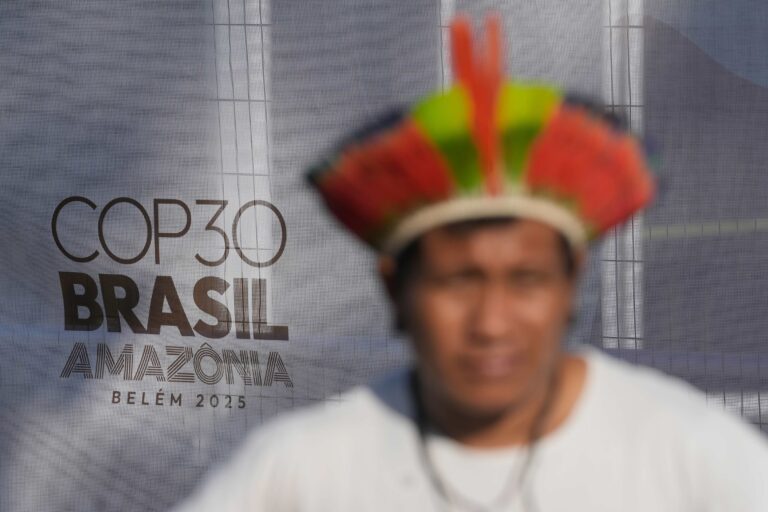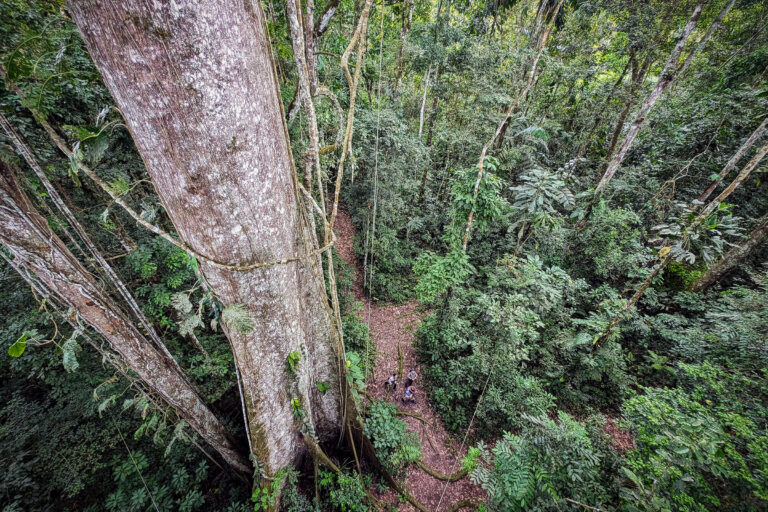- After two years of closed borders and little tourism revenue, many captive wildlife facilities around the world are struggling.
- Phuket Zoo in Thailand recently closed down permanently, but rehoming its 11 tigers and two bears has proved a challenge.
- A local nonprofit, Wildlife Friends Foundation Thailand, has stepped in to undertake the largest single rescue of tigers in the country’s history, and has so far transferred one female tiger to its rescue center.
- Animal welfare experts say the situation highlights the perils of overreliance on tourism and are calling on the government to place better controls on breeding animals in captivity.
The future of Phuket Zoo was uncertain long before the COVID-19 pandemic closed Thailand’s borders to foreign tourists. Animal rights campaigners had frequently raised concerns over conditions at the facility, and visitor numbers were dwindling. Now, after two years of near-zero income, the zoo has shut down for good.
Most of the captive animals have been rehomed in nearby wildlife parks, but the zoo’s 11 tigers and two bears (one Asiatic black bear and one Malaysian sun bear) have proved harder to rehouse. The cost of feeding and caring for the large mammals is prohibitively expensive for wildlife venues across the country, all of which are struggling to feed their own animals following the loss of tourism revenue.
Intent on finding a solution, the zoo owners turned to Wildlife Friends Foundation Thailand (WFFT), a nonprofit animal rescue center located eight hours’ drive north of Phuket in Phetchaburi. Although WFFT has campaigned against practices at Phuket Zoo in the past, the organization has agreed to welcome all of the unhoused animals into its wildlife sanctuary, in what will be the largest single rescue of tigers in Thailand’s history.

Not a sustainable solution
In stark contrast to their native forests, the captive tigers and bears have lived in small concrete enclosures at the zoo where onlookers have reported them tethered by short chains to photography platforms for hours on end, forced to pose for tourist selfies.
According to animal welfare experts, their plight is just one example of the risks to animals in the captive wildlife tourism industry, not only in Thailand, but the world over.
“Commercial facilities that have wild animals depending on income from visitors are all struggling economically and shutting down left and right,” Jan Schmidt-Burbach of World Animal Protection told Mongabay. “The ones really suffering from it are the animals [and] in many cases, there is no place for them to go.”
While the rescue of the Phuket Zoo tigers and bears to a reputable sanctuary is good news, Schmidt-Burbach said wildlife rescues cannot be viewed as a solution to captive facilities’ overdependence on tourism revenue. The problem is rife in Thailand, where more than 50 facilities around the country hold in excess of 2,000 tigers, and around 2,700 elephants are kept in tourism “camps.” All of these animals’ lives have been in jeopardy during the past two years.
“Sanctuaries can take care of a select group of animals, but if we’re talking about 2,000 tigers in Thailand, for example, there is no sanctuary that can take [that many],” Schmidt-Burbach said.

Launching a landmark rescue
Established in 2001, the WFFT rescue center spans 80 hectares (nearly 200 acres) and houses around 700 animals, including 30 bears, several dozen elephants, and six species of gibbon, along with macaques, lorises, langurs, wild cats, otters, birds and reptiles. Most of the animals were confiscated from the illegal wildlife trade, the pet industry, and the tourism and entertainment industry, and those that can be rehabilitated will be returned to the wild.
The center has received many requests for help from struggling wildlife venues over the past two years, but WFFT itself has also taken a hit from the pandemic because much of its funding comes from volunteer tourism. “We try to help as many as we can,” said WFFT director Edwin Wiek, “the fact is, though, that without financial support, we cannot help more.”
The organization has been fundraising during the past few months to sponsor the construction of new wildlife enclosures to house the rescued tigers and bears. Now, the new facilities are nearing completion. There are three large outdoor enclosures for the tigers, each with smaller conjoining spaces for surveillance and health checkups. The largest tiger enclosure is roughly 2 hectares (5 acres), and all are designed to replicate as natural an environment as possible. There are ponds and mud pools for the big cats to soak in, and trees, bamboo and climbing structures for shade and to stimulate natural behaviors like stalking and play.
On Feb. 9, the WFFT team began the rescue operation by relocating the weakest tiger, a 12-year-old female named Pinthongta who has trouble walking, to her new home by air-conditioned wildlife ambulance. The team is now awaiting permits to collect the remaining 10 tigers and two bears.
“It might be a bit of a culture shock for some of them, especially the older ones that don’t know any better than being confined to a tiny cage and chained up for a few hours a day,” Wiek said.
The bears, both adult females, will live in an enclosure approximately six times the size of their current home at Phuket Zoo.

A better way forward
While WFFT has long campaigned against the mistreatment of animals in Thailand’s zoos, Wiek said he doesn’t consider the closure of Phuket Zoo and the rescue of the tigers and bears as a significant breakthrough. He said that if it weren’t for the pandemic, the zoo would likely still be operating and the animals would still be suffering.
“Unfortunately, after the pandemic when Thailand starts to receive tourists again, we will probably still have to campaign against places like this, because not much has changed,” he said.
A major obstacle to change is the continued demand for wildlife encounters. Ironically, when the WFFT team visited Phuket in February to make preparations for Pinthongta’s rescue, they met a group of tourists who immediately asked them for advice on where to get a good tiger selfie.
“[Some tourists] don’t see a problem with the [animal welfare] issues,” Wiek said. “So I’m afraid that once the pandemic is over, some places will stay shut down forever, but others will pop up again.”
Nevertheless, Wiek said he’s hopeful that the landmark rescue of tigers and bears will demonstrate a new way of thinking to Thailand’s zoo owners and policymakers.
“This could be an opportunity for Thailand to show it can do better,” Wiek said. This rescue “might have a snowball effect, with other zoos and facilities going the same way to improve the lives of their animals.
“Who knows,” he added, “this might turn into something even bigger.”
Banner image: Pinthongta, a 12-year-old female tiger was the first animal WFFT rescued from Phuket Zoo in February 2022. She was very weak and could barely walk. Image courtesy of Wildlife Friends Foundation Thailand
FEEDBACK: Use this form to send a message to the author of this post. If you want to post a public comment, you can do that at the bottom of the page.














